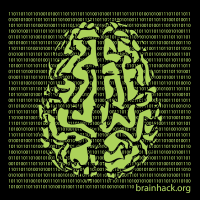Authorship Agreement#
In this document we describe the contribution and authorship guidelines for the Brainhack Neuro view paper that we collectively agreed on. Specifically, we try to describe the motivations and processes used to define the different levels of contributions for this project.
For us it is important that nobody in the Brainhack community is excluded and we want to recognize that this community and what it has created is the result of a collective effort: we wanted our author list to recognize this and to be as inclusive as possible — e.g. having contributed by organizing an event is a sufficient condition to be an author. Nevertheless, based on the huge amount of people and their different input on this paper, we also agreed to define several different groups with minimal conditions for each. Please note that the authorship decisions described here were confirmed by majority vote open to all participants on Sept. 26 2020.
We used a form where each person could add their name, affiliation(s), contact details AND explicitly describe their contribution either by ticking boxes from a list of tasks and/or by giving a written description of what they did (this approach was in part inspired by the contribution system used by the Turing way project). The contributors spreadsheet resulting from this form was then used to help us divide authors into core-team and non-core-team members and to rank authors within the core team while non-core team members were listed alphabetically.
Our motivation to divide contributors that way was to highlight authors who took a more involved part in the creation of the paper itself. Everybody in the community could join this group at any time to actively contribute content, help writing, creating figures, give feedback, help organizing or chair a meeting.
Acknowledgements#
The authors of “significant” comments on the preprints can be mentioned in the acknowledgments. Order: Alphabetical
